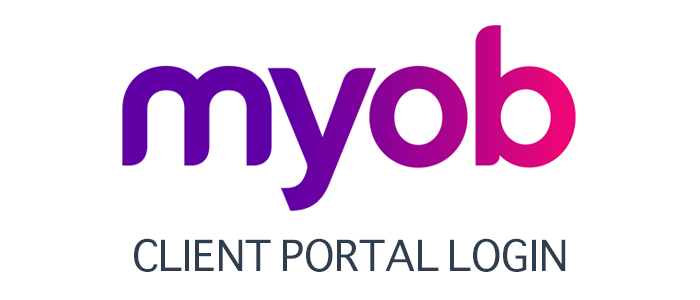Average refund plummets by $580, total payout down $5.4bn
UPDATED: The end of LMITO and revised WFH rules have taken billions out of refunds, ATO figures reveal.

.
Tax refunds have plunged by an average of more than $580 this year for the millions who filed their returns by the October 31 deadline, ATO figures reveal.
Data supplied to Accountants Daily revealed 10.5 million taxpayers put in returns by last month’s date, up from 10.2 million last year, with half of those self-prepared and the other half done by tax agents.
But a combination of changes this year, from the end of the low and middle income tax offset – the so-called LMITO – to revised rules about work-from-home expenses have taken a big chunk out of refunds.
The LMITO had provided eligible individuals earning up to $126,000 a tax offset of up to $1,500 when they lodged their returns while the ATO made strict record-keeping a condition of WFH claims from March in a move that blindsided many taxpayers.
This year’s 10.5 million taxpayers had been paid total refunds of 18.2 billion, the ATO disclosed, equivalent to an average of $1,733 each.
But last year’s 10.2 million taxpayers received a whopping $23.6 billion, or an average of $2,314 each.
The difference adds up to an average of $581 for every taxpayer.
An ATO spokesperson said that figure failed to account for taxpayers who received bills for amounts owed or ended the year all-square, and for those who actually received refunds the difference would be less.
Director of tax communications at H&R Block, Mark Chapman, who warned about the consequences of LMITO ending and the cost of the WFH changes earlier this year, said the decline was in line with his expectations.
“The absence of LMITO was inevitably going to lead to smaller refunds and the change to working-from-home deductions has also been a factor,” he said.
“The ATO were adamant that it wasn’t about reducing the size of refunds but it clearly has been. People are finding it harder to claim the deductions that they claimed last year so basically it’s job done – their refunds have gone down.”
He said the average refund figure concealed different results depending on how much each taxpayer earned.
“For anybody who was earning more than $126,000, they won't have been impacted by the abolition of LMITO at all. So there must be some other factor that led to a reduction in their refunds.”
“For people who were earning less than 126,000, a large part of it might have been the loss of LMITO, which gave them a refund of between $675 and $1,500.
“It all evens out, so $581 seems about right.”
He said the revised WFH rules had failed to register with many taxpayers, and that was an additional factor.
“People just didn't know this was going to happen. When this change was first announced at the start of this year people weren't paying attention. Their minds weren't on their tax affairs so it just went over their heads – and that was potentially catastrophic in terms of their claims.”
The revised rules required strict record-keeping of actual hours worked from 1 March to access a new fixed rate method after the short-cut method, introduced during the pandemic, was abolished for FY23.
Mr Chapman said by 1 July, it was too late for many to take the necessary steps.
However, he said the WFH changes had driven some taxpayers into H&R Block to try to maximise their refunds in other ways.
“They basically want to try and make up any difference by claiming all of the other deductions that they may not have previously had the knowledge to have to have claimed. So it's actually been useful for our business.”
Philip King
13 November 2023
accountantsdaily.com.au

